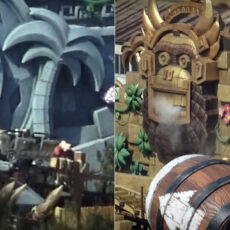
While not as intriguing as a galactic question mark, this peculiar Bok globule is just as mysterious. Captured by NASA / ESA’s Hubble Space Telescope, the Bok globule you see here is basically opaque, dark knots of gas and dust that are absorbing light in the center of the nearby emission nebula NGC 281.

Bok globules may form stars later on, or just eventually dissipate. Simply put, Bok globules are a concentration of elements responsible for the formation of stars in our galaxy and throughout the universe. This one is located within the Milky Way at a distance of approximately 9,500 light-years from Earth.
- COMPUTERIZED STAR LOCATING TELESCOPE: The Celestron NexStar 130SLT is a computerized telescope that offers a database of more than 4,000 stars,...
- COMPACT AND PORTABLE: This telescope for adults and kids to be used together is ideal for weekend camping trips or excursions to dark sky sites. Its...
- NEWTONIAN REFLECTOR OPTICAL DESIGN: The NexStar 130SLT is the largest in the SLT family. The 130mm aperture gathers enough light to see our Solar...
Against glowing red clouds dotted with stars, a dark brown and opaque knot of gas and dust stretches vertically across the image,” said NASA.










